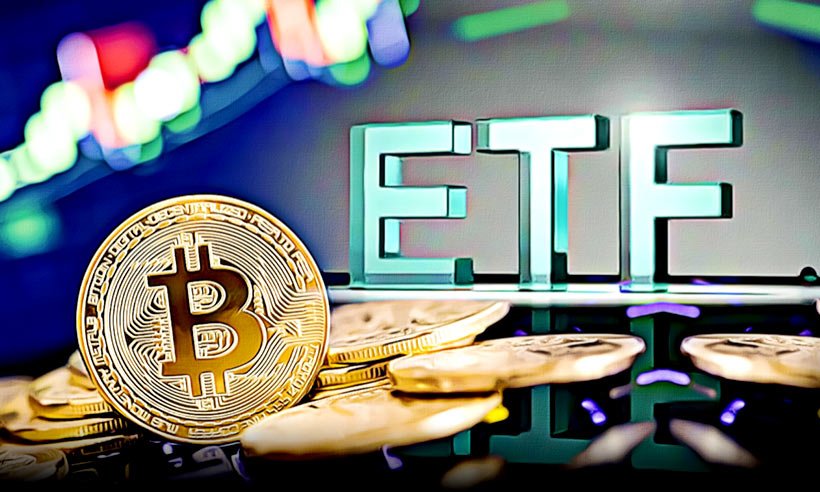Table of Contents
The Ethereum Virtual Machine (EVM) is like an invisible conductor directing the symphony of smart contracts on the Ethereum blockchain. You can’t touch it, you can’t see it, and yet it powers one of the biggest ecosystems in the entire crypto world. It may not bring you coffee, but it sure knows how to execute code.
So, What Exactly Is the EVM?
The EVM is a decentralized computing engine that executes smart contracts on the Ethereum network. It’s the heart and brain of Ethereum, allowing developers to run code exactly as written. The EVM isn’t a physical machine—it exists virtually across thousands of nodes participating in the Ethereum network. That distributed nature is what keeps Ethereum secure and reliable.
How does the Ethereum Virtual Machine work?
Think of the EVM as a state machine that calculates the new valid state of Ethereum from block to block, based on predefined rules. These rules control how smart contracts are executed and how Ethereum’s global state is updated.
When a smart contract is triggered, EVM interprets the bytecode (which is compiled from Solidity, the programming language of Ethereum) and performs the necessary operations. It’s a bit like translating a Shakespeare play into computer actions, minus the drama (usually).

Key Features of the EVM
-
Turing Complete: Yes, the EVM is a total nerd. It can theoretically compute anything that’s computable, given enough time and gas.
-
Deterministic: With the same input and state, every Ethereum node will come to the same result. No surprises, no glitches.
-
Decentralized: No single person or institution controls it. It runs on thousands of machines around the world.
-
Sandboxed: The EVM provides an isolated environment. So if a smart contract has a meltdown, it won’t fry the whole system.
Gas: The Fuel of the EVM
Everything you do on Ethereum costs gas. Want to send ETH? Gas. Want to mint NFTs of cats doing taxes? Gas.
Gas is measured in units and paid in ETH. The more complex the transaction, the more gas it eats. This system keeps the network efficient and prevents people from clogging it with nonsense like blockchain-based pizza recipes
EVM Beyond Ethereum
Although the EVM was born in Ethereum, it has spread like a catchy meme. Polygon, Arbitrum, Avalanche, and many other blockchains also use it. Why? Because EVM makes it easy for developers to create apps that work across different networks. That’s like writing code once and deploying it to multiple chains—efficiency goals met.
Interoperability is one of EVM’s biggest strengths, and it’s part of what makes it a fan favorite among developers
What’s the Future of EVM?
As blockchain tech evolves, EVM is likely to stick around. It’s the backbone for executing smart contracts and maintaining consensus. As more chains adopt EVM, we’ll probably see increased cross-chain applications, meaning your DeFi and NFT dreams might one day be blockchain-agnostic.
The Ethereum Virtual Machine may not be sexy, but it’s powerful, geeky, and mission-critical. It’s the unsung hero behind DeFi, NFTs, DAOs, and your favorite meme coins. Without it, Ethereum would just be a fancy spreadsheet. With it, the blockchain becomes a global supercomputer—and that’s pretty wild if you think about it.
Ready to build something awesome? Just make sure to bring enough gas. And maybe a snack. Smart contracts can take a while.
- US Dollar Weakness Sparks Bitcoin Optimism – Is Now the Perfect Time to Buy? - April 16, 2025
- Dogecoin: Wild Ride from Meme to Mainstream - April 16, 2025
- What is Ethereum Virtual Machine (EVM): Heart of Ethereum - April 15, 2025

























